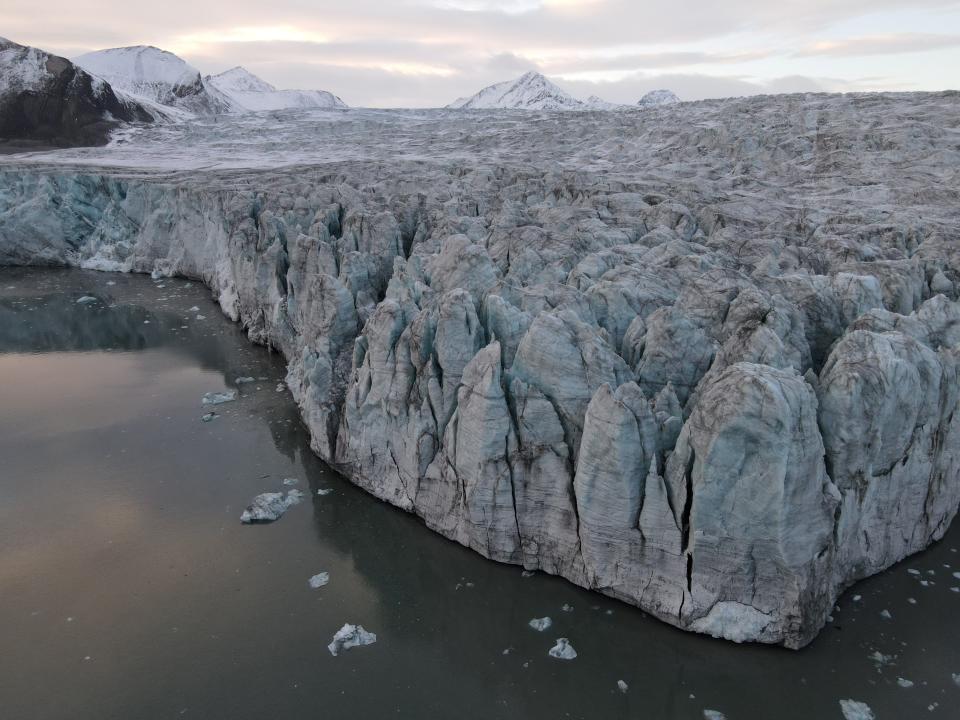Arctic Ocean has ‘pervasive spread’ of microplastics linked to laundry

Microplastics are widespread in the Arctic including the North Pole, according to the most comprehensive study on the environmental pollution ever undertaken.
Researchers analyzed seawater from dozens of locations across the European and North American Arctic, and found microplastics in virtually every sample.
Some 92 per cent of microplastic pollution, found in samples from near the ocean surface, were made up of synthetic fibers. Roughly three-quarters of those fibers were polyester and resembled those used in clothing and textiles, highlighting how the laundry of synthetic clothes is polluting the oceans.
Dr Peter Ross, lead author of the study and adjunct professor at Earth, Atmospheric and Ocean Sciences at the University of British Columbia, said: “The Arctic Ocean, while distant to many of us, has long provided` food and a way of life for Inuit communities.
“The study again underscores the vulnerability of the Arctic to environmental change and to pollutants transported from the south. It also provides important baseline data that will guide policy makers in mitigation of microplastic pollution in the world’s oceans, with synthetic fibers emerging as a priority.”
Plastic pollution is pervasive the world over, breaking down into tiny fragments known as microplastics that are less than 5mm long. Other studies have found microplastics at the highest point on Earth, near the summit of Mount Everest, in the bodies of penguins in Antarctica and in Alpine snow.
A 2019 study estimated that 878 tonnes of plastic microfibers are released every year from household laundry in North America through wastewater treatment plants. The weight is the equivalent weight of ten blue whales.
Microplastics travel through the ocean food chain and find their way into human bodies via the air, water and food. A study last month found microplastics in the placentas of pregnant women for first time. The impact on the human body is not fully known.
The new study was published in the scientific journal Nature Communications on Tuesday.
The research project was led by conservation organization Ocean Wise with support from the Fisheries and Oceans Canada.
Ocean Wise researchers also observed almost three times more microplastic particles in the eastern Arctic compared to the western Arctic, suggesting that new polyester fibers are being swept to the eastern Arctic Ocean by currents from the Atlantic.
It suggests that pollutants from countries surrounding the Atlantic Ocean are impacting the Arctic.
Read More
‘Wave of plastic’ washes up on Brazil beach
Tesco cuts 20 million plastic items from its Christmas range
China makes firms declare plastic use in an effort to curb its usage

 Yahoo Finance
Yahoo Finance 